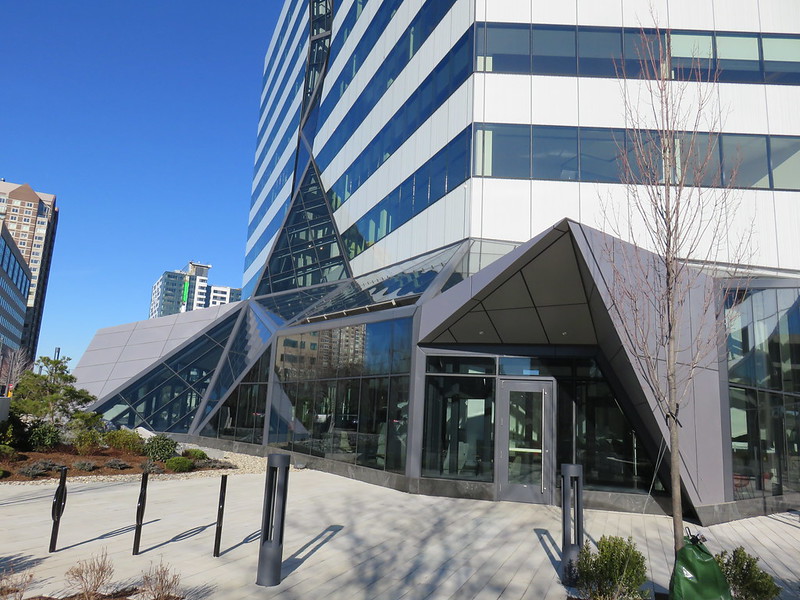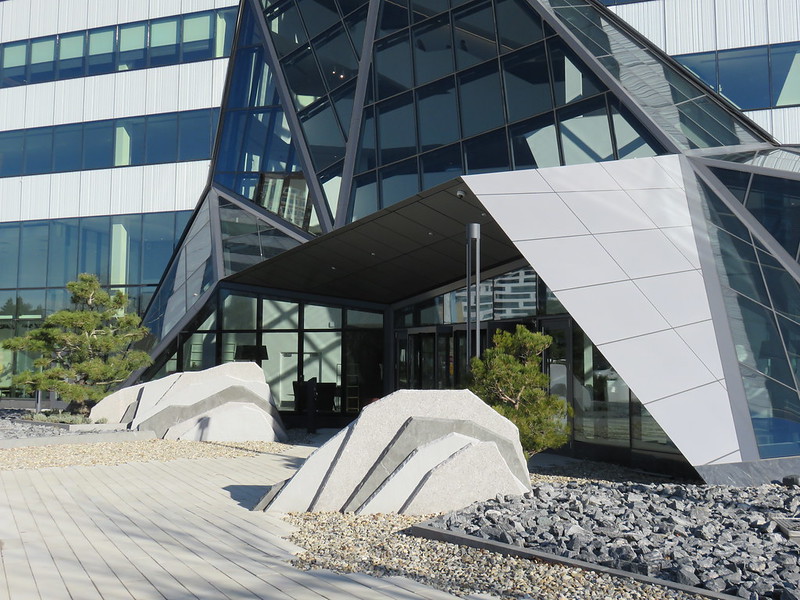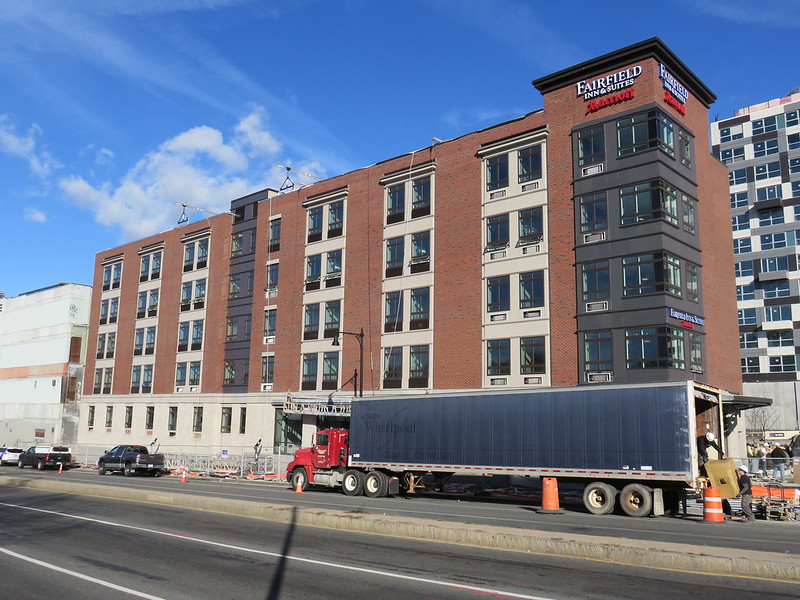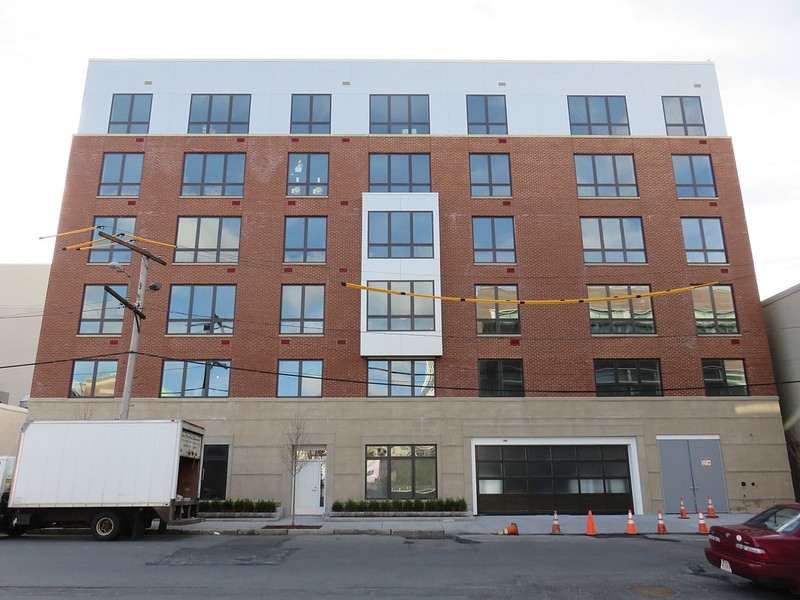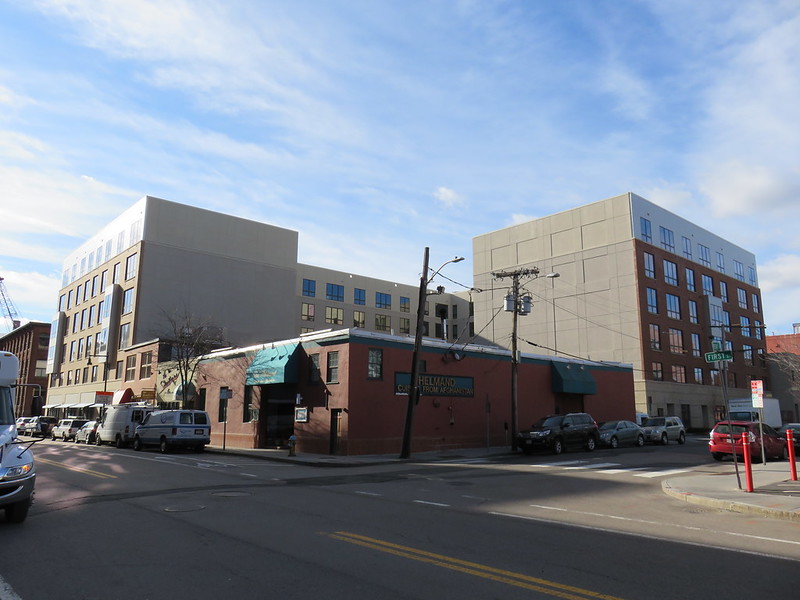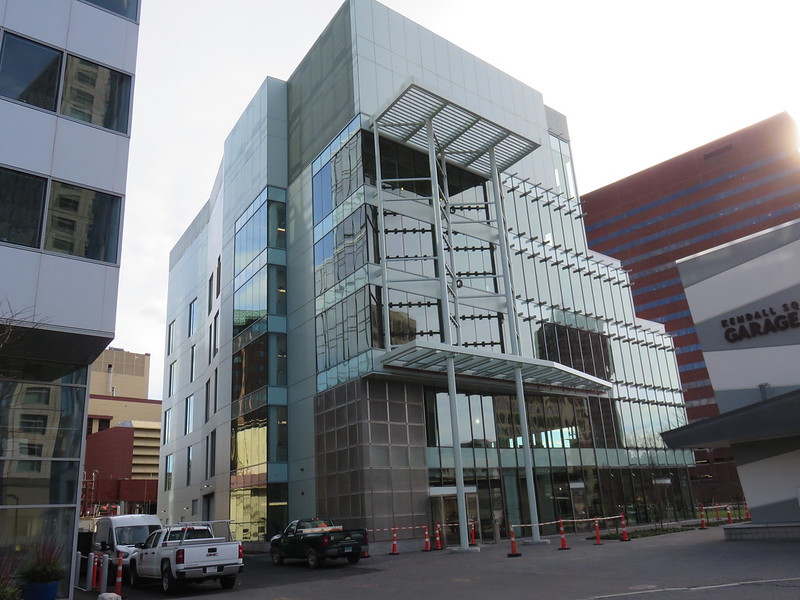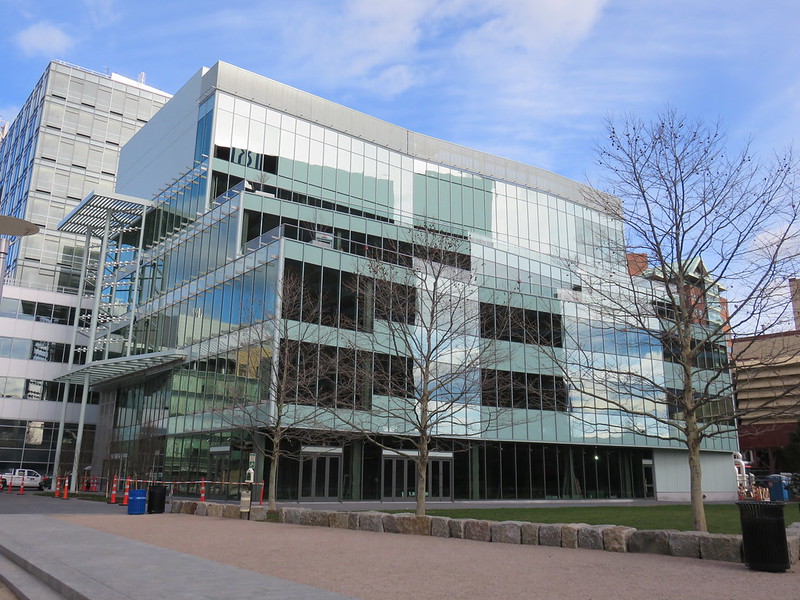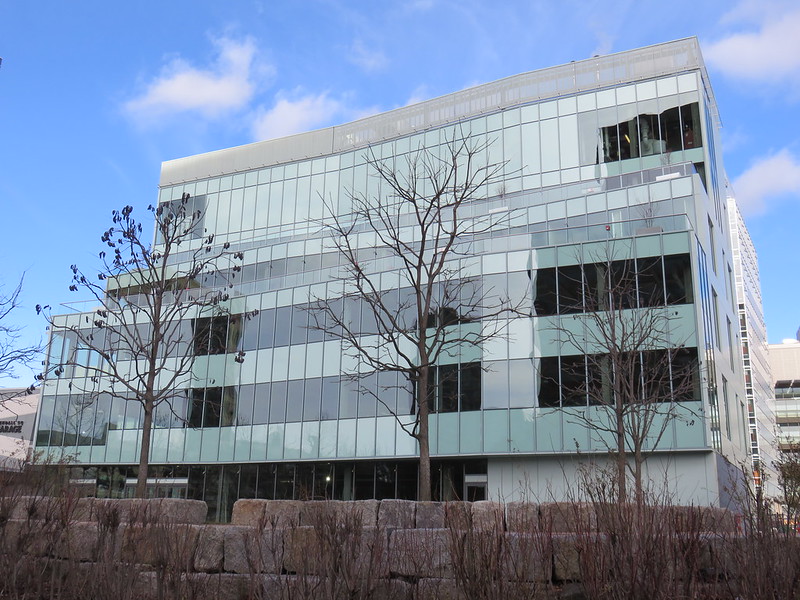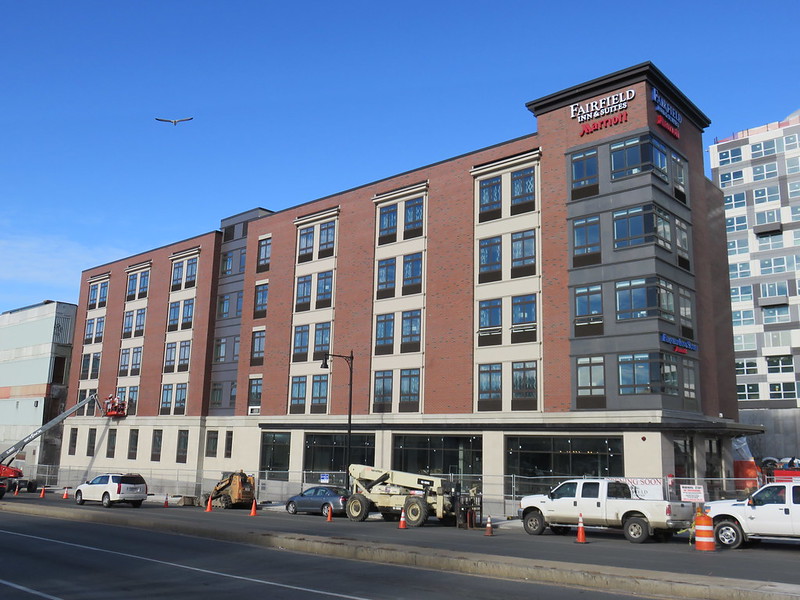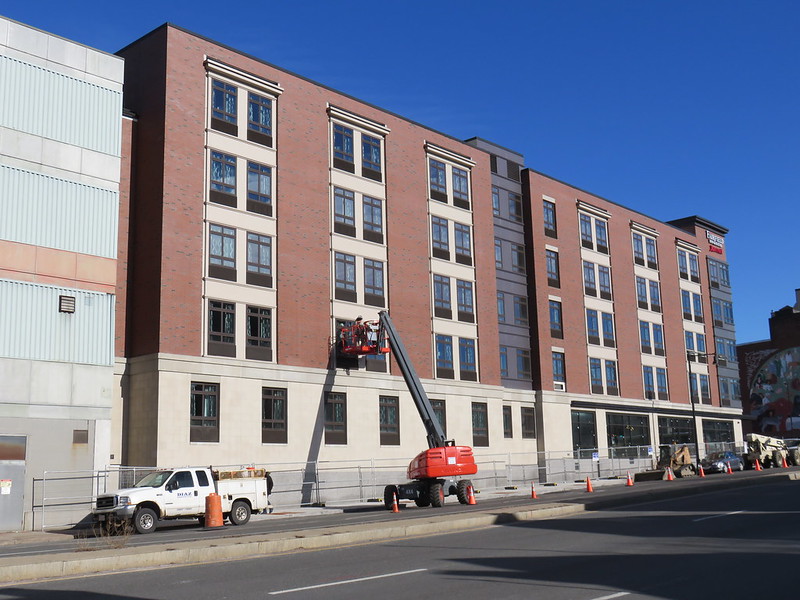Equilibria
Senior Member
- Joined
- May 6, 2007
- Messages
- 7,067
- Reaction score
- 8,275
The Alewife area has a few big problems: Lack of connectivity, Route 2 dumping more traffic than the parkways can handle, Alewife garage acting as a huge traffic magnet, and dysfunctional intersections (particularly along the parkways.)
Not extending the Red Line to 128 is becoming an even bigger planning mistakes than it once was. Much of that traffic coming from Route 2 onto the parkways, particularly people who continue towards Boston, SHOULD be transit passengers. If there were actually Red Line Stations in Arlington and Lexington, fewer people who be driving into and/or through Cambridge.
Improving bus service could help, but the buses to Alewife get stuck in the same traffic as everyone else, making the trip take even longer than driving would.
The intersection of Route 2/Route 16 is a huge mess. MassDOT has plans to make it marginally better, but based on what I've seen of those plans, I'm not very hopeful.
The Alewife area also needs more connections across the commuter rail tracks, and more direct paths for walking and biking. It also needs more urban fabric and fewer parking lots. For having such a key transit station, the area feels very car-oriented. When I do walk in the area, I feel like the oddball, rather than the norm; this is unlike most other parts of Cambridge.
Well, extending the Red Line to 128 was never really in the cards. The extension was funded only as far as Arlington, which might not have had a huge impact on current traffic since Arlington-based Red Line riders often use the Minuteman or buses to access Alewife. To truly distribute demand, a Red Line extension would have to be in the Route 2 median, and the MBTA has never seriously considered that option.
West Cambridge is a complete failure of urban planning. Alewife was built to be car-centric. As a daily user, it's the most unwelcoming transit station I've ever seen for pedestrians, and the streets around it are a disaster for access on foot. Cambridge has done nothing to enhance connectivity around the area, frequently punting on things like footbridges and blaming the MBTA for its own lack of vision.
The issue isn't just the prevalence of the luxury apartment above all other uses (though that is certainly an issue), but the form factor in which that use is presented. These are suburban apartment blocks, which made sense in isolation when each was designed and permitted as an outpost of high-end living in light-industrial hell, but should never have been allowed in a "planned" neighborhood. These buildings needed to be permitted only with ground-level retail or distinct entrances, and Cambridge needed to work with intention to bring in businesses. Instead, they fell asleep at the wheel, and given the look of the new CabridgePark Drive apartment buildings, they're still doing it.
This is a little different from Assembly, where the city owned the land and picked a single developer - Cambridge is working with a multitude of private landholders and developers. It takes more work to get something good done in that scenario.



